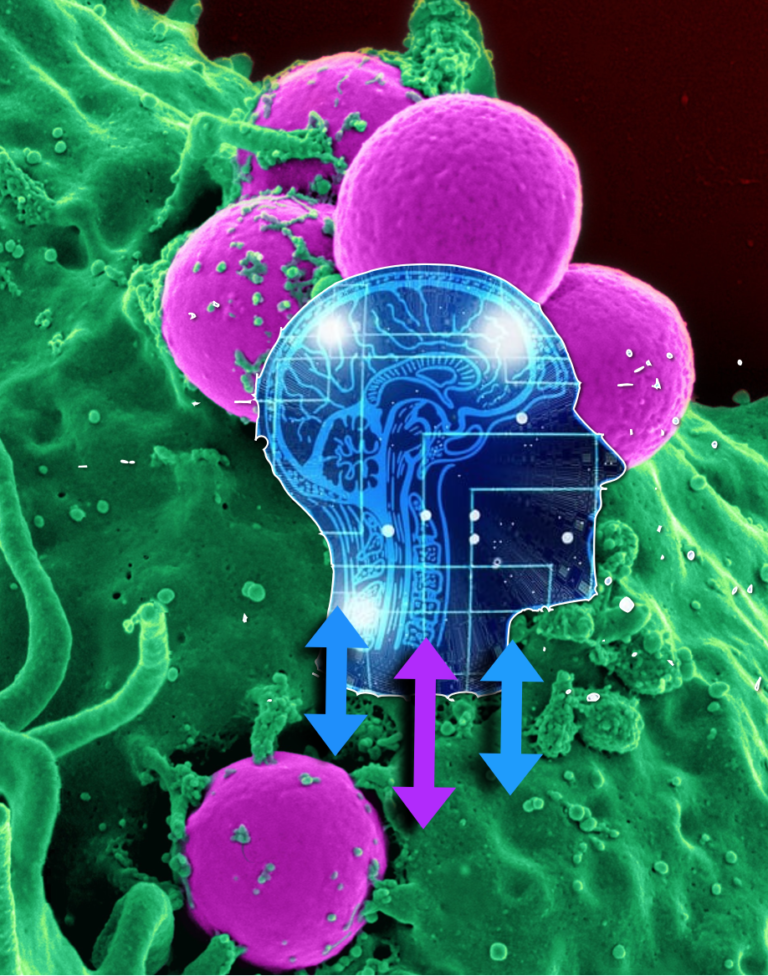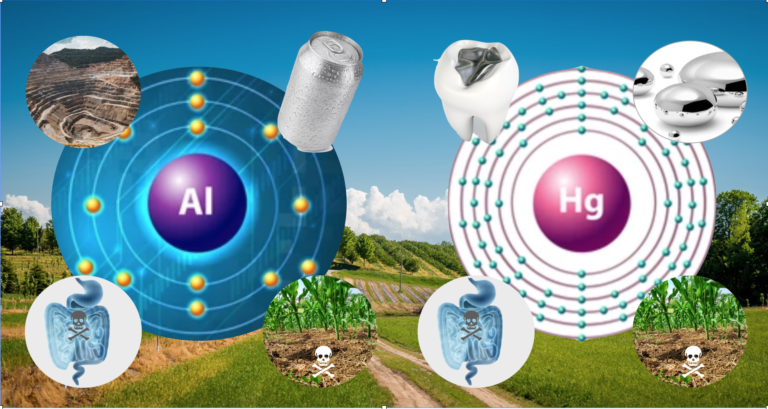SMART FOODS

A 2016 issue of National Geographic explored what they titled “Blue Zones, the science of living longer.” In the magazine issue, Dan Buettner, along with demographer Michel Poulain, set out to find the world zones with the largest concentration of centenarians lacking the health afflictions that plague some modern societies. They identified five locations with a good number of healthy citizens advanced in age: Ikaria, Greece; Ogliastra region, Sardinia; Loma Linda, California; Nicoya Peninsula, Costa Rica and Okinawa, Japan.
Most of the Blue Zones preserved traditions in food preparations and avoided or had no access to processed foods and sugars. The geographical locations contributed to upholding of traditional practices. The main staples, whether containing vegetables, cheese or eggs were seasonal and locally sourced, sometimes sourced from their own gardens. There was limited consumption of alcohol and meats together with unbounded sense of purpose and physical activity.
The quest to decode produce beneficial components:
Okinawa, for example, located in a monsoon region a thousand miles south of Japan, has a humid subtropical climate. The island of Okinawa has held the reputation for harboring some of the oldest people since the early Chinese expeditions. The traditional Okinawans ate pork only on special occasions when pork was sacrificed and cooked for days. One can guess that hogs were somewhat free roaming with a diet of mostly grass, nuts or vegetables grown on location. Today, Okinawans’ traditions have been infiltrated by fast-food and frequent consumption of commercial meat, poultry and dairy.People in the Blue Zones consume a great deal of vegetables. Some of the health benefits of fruits and vegetables have been attributed to the antioxidant capacity of foods. Based on this assumption, patented laboratory techniques were developed to test food antioxidants. In fact, natural food research is a hot topic these days.
The most common in vitro method to determine the antioxidant capacity of foods is oxygen radical absorbency capacity, ORAC. The conventional ORAC uses fluorescein as the indicator. Fluorescein requires a pH (measure of acid-basic environment) of 7.4. Because the original method was affected by pH, new patented variations have emerged. One can find many examples of ORAC application in the research of different foods from special places, for example Japan.
Research by Takebashi et al. [1] used ORAC to analyze the antioxidant intake from some of Japan’s most popular foods. Some take aways from the published results are:
- Natto, a fermented soybean with bacillus subtilis* as the main fermenting agent, showed 3 times the antioxidant activity than just boiled soybeans.
*See Brain Matters - Brown Rice antioxidant values were higher than white rice. Rice contains phenolic antioxidants such as ferulic acid. Some of the rice antioxidant capacity is removed during the milling process.
- Buckwheat noodle and wheat flour had high ORAC. However, there may be limited contribution of their respective constituent antioxidants, ferulic acid and rutin*, to this high ORAC value.
- Taro and Sweet Potato showed high ORAC values. Taro is a root vegetable that contains flavonols. Sweet potatoes contain phenolic antioxidants such as chlorogenic acid. Purple potatoes have potent antioxidants such as Anthocyanins, but were not included in this study.
- Walnut and sesame seeds showed high ORAC value. Walnut contains pedunculagin tannins* and sesame seed contain lignans.
*See Natural Inflammation Fighters
The Takebayashi study underscores important facts such as the human body is subject to a wide range of oxidative stresses. Similarly, there are a wide range of food antioxidants. The effectiveness of a particular antioxidant action will depend on the type and nature of the stress. The study also points out that the methods to determine the antioxidant capacity of foods are too specific to capture the entire food antioxidant spectrum. These methods exhibit advantages and disadvantages depending on the antioxidant aspect of their focus. Researchers also admitted to limitations in determining exactly which compounds were responsible for a particular food antioxidant activity.
Takebayashi’s study took into account regional and seasonal differences in the collection of food samples. The high variability in just the antioxidant capacity of foods brings to mind the variability in the Blue Zone environments described in the National Geographic article (Ikaria, Greece; Ogliastra region, Sardinia; Loma Linda, California; Nicoya Peninsula, Costa Rica and Okinawa, Japan). Most of these areas, with the exception of Loma Linda, California have been geographically isolated. The inhabitants have grown their own crops and raised their animals in traditional ways. There are many unknowns that may have contributed cumulatively to their health, such as the richness of their soil*, including mineral and microbial content. *See First Things First: What Lies Beneath Our Feet. Additional contributing health factors may have been the purity of air and water, produce/farm animals genealogy, farm animal raising practices, geneology of the people themselves, gut microbiota, health practices, farm-to-table time duration, etc.
The quest to preserve produce beneficial components:
The quest to understand specific components that lend healing properties to produce has also generated studies in preserving such foods. As much research can be found on food preservation and packaging as on the antioxidant capacity of foods. Extending the shelf life of food products has become a trending topic of research. In particular, protecting produce from spoilage caused by microorganisms. The trend in food treatment and coatings appears to prioritize safety (technologies to detect pathogens) and renewable materials [2].Traditional packaging materials are giving way to bio-degradable packaging. Bio-degradable packaging can be obtained from plants, animals or microorganisms. Packaging constitution can be protein, lipids, polysaccharide, biopolymers and various other options or combinations. Protein properties, such as ability to form solid films and structural improvements through metal ions, pressure, radiation and heat, make proteins the material of choice for food film coatings. Foods that are wrapped in edible films are prevented from gas exchanges (gases such as oxygen, carbon monoxide and ethylene), extending their shelf life. The application of nanotechnology in food products, films and coatings will experience continued growth and expansion in the food industry with the blessing of regulatory agencies.
A new concept has also emerged utilizing indicators, sensors and data carriers. Namely, Smart Packaging introduces technology to evaluate and provide data about the condition (changes, reactions, concentration, temperature, color ) of food substances. Smart packages will allow detection of any metabolite known to be produced by microbial growth [2]. Active Packaging, also a new field of research, refers to packaging that interacts with food by releasing or absorbing substances as needed for preservation. An Active Packaging method that uses oxygen scavengers has not been well received in Europe.
The gaseous component of fruits that promotes ripening is called Ethylene. A new ethylene scavenger method that uses pumice and potassium permanganate has been recently introduced [3]. Yet another novel technology, within Active Packaging, is antioxidant releasing packaging in order to avoid lipid oxidation of meats. In sum, the field of Smart and Active Packaging is booming with opportunities for research, as is that of food films and coatings with wide areas of application. There are those who welcome these technological advances in food preservation, and others who wonder if we are getting farther away from the longevity practices of the Blue Zone centenarians.References:
[1] Takebayashi J, Oki T, Tsubota-Utsugi M, Ohkubo T, Watanabe J. Antioxidant Capacities of Plant-Derived Foods Commonly Consumed in Japan. J Nutr Sci Vitaminol (Tokyo). 2020.
[2] Iversen LJL, Rovina K, Vonnie JM, Matanjun P, Erna KH, ‘Aqilah NMN, Felicia WXL, Funk AA. The Emergence of Edible and Food-Application Coatings for Food Packaging: A Review. Molecules. 2022.
[3] Wang C., Ajji A. Development of a novel ethylene scavenger made up of pumice and potassium permanganate and its effect on preservation quality of avocados. J. Food Eng. 2022.
[4] Basumatary IB, Mukherjee A, Katiyar V, Kumar S. Biopolymer-based nanocomposite films and coatings: recent advances in shelf-life improvement of fruits and vegetables. Crit Rev Food Sci Nutr. 2022.
© 2023 edenbumi.com/smart-foods




